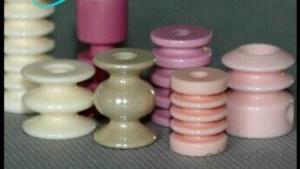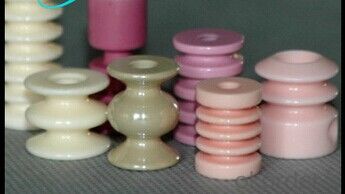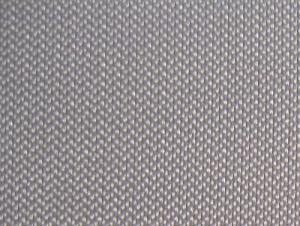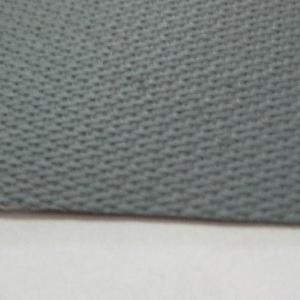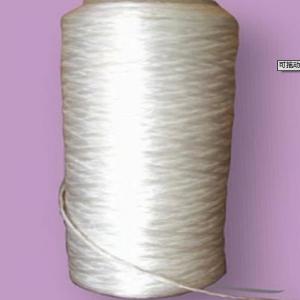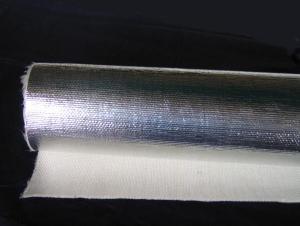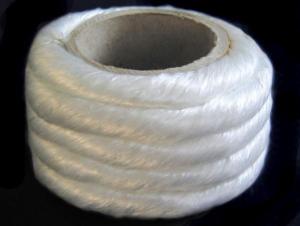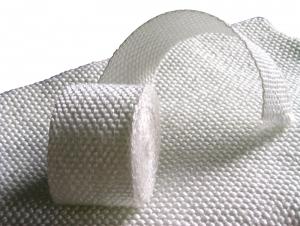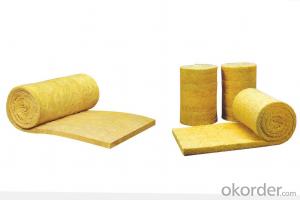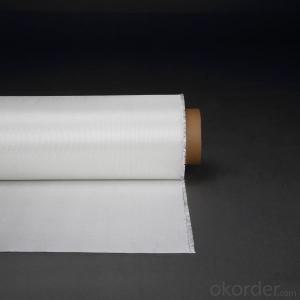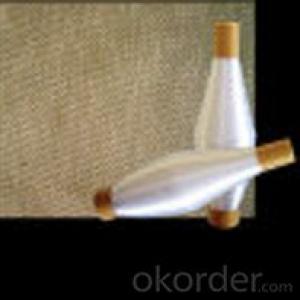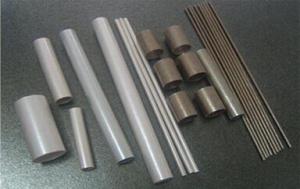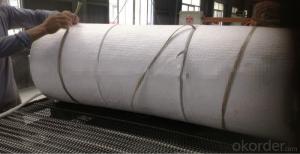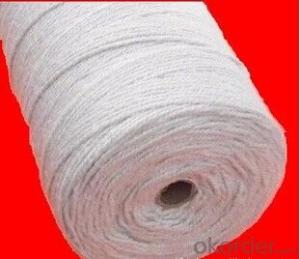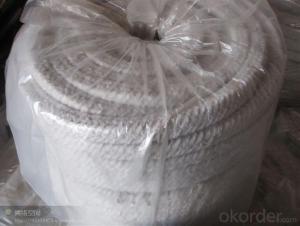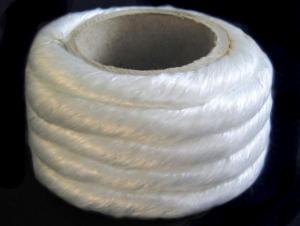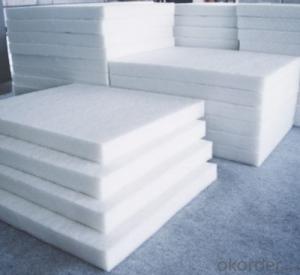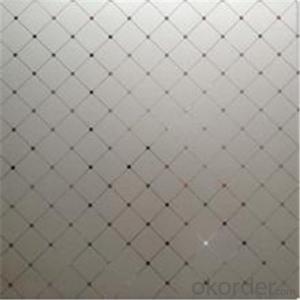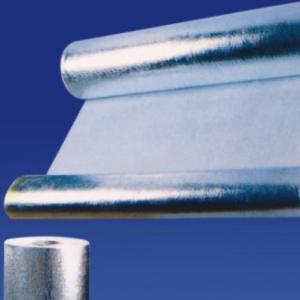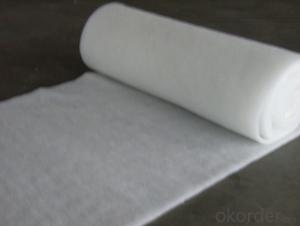Glass Fiber Textiles Industrial Textile Ceramic Parts Product
- Loading Port:
- Qingdao
- Payment Terms:
- TT OR LC
- Min Order Qty:
- 500 pc
- Supply Capability:
- 10000 pc/month
OKorder Service Pledge
OKorder Financial Service
You Might Also Like
material : 95% alumina ceramic
A variety of specifications available, ceramic eyelet, ceramic pigtail, ceramic wire guide, etc.
Advantage:
1.Using the high hardness of the ceramic material, wear resistant.
2.Precise in size .
3.Precision polishing of surface can reach 0.2, smoothly.
4.Complete product specifications.
Function:
Suitable for using in textile machinery, twisting machinery,fine spinning, weaving machinery and knitting machinery.
Data&Item | Hight Frequency Ceramic | 75% alumina Ceramic | 95% alumina Ceramic | 99% alumina Ceramic | Titanium Oxide | Zirconia | Mullite |
Content | steatite 85% | alumina≥75% | alumina≥95% | alumina≥99% | Titanium Oxide≥90% | Zirconia≥90% | 3ALz032si02 |
Fring temperature(°C) | 1350±20 | 1400-1450 | 1650-1680 | 1780-1800 | 1450±20 | 1550-1600 | 1260-1540 |
Bulk density(fired) (g/cm) | 2.8 | 3.2 | ≥3.6 | ≥3.8 | ≥3.7 | >6 | 3.25 |
Dielectric Strength(kv/mm) | 15 | 13 | 15 | 15 | 15 | ||
Water absorption(%) | <0.02 | <0.015 | <0.01 | <0.01 | <0.01 | <0.01 | <0.01 |
Compressive Strength | 560 | 2200 | 2400 | 3700 | 7200 | 5000 | |
Hardness(HRA) | ≥75 | ≥75 | ≥82 | ≥88 | ≥80 | ≥85 | 65-70 |
Volume Resistance (cm) 25°C | ≥1012 | >1012 | >1012 | >1012 | <1012 | >1012 | ≥1012 |
Flexural Strength(MPA) | 126 | 280 | 320 | 400 | 150 | 700 | 180 |
Thermal Expansion(*10) 25°C-700°C | 6-7.5 | 6 | 6.2-8.5 | 6.8-8 | 9-10 | 4-4.4 | |
Permittivity(MHZ) | 6 | 5.5 | 8.5 | 9.5 | 7 | ||
Roughness(Ra) | ≤0.8 | ≤0.8 | <0.1 | ||||
Mirror Polish | <0.3 | ≤0.1 | ≤0.05 | ≤0.03 |
- Q: Can glass fiber textiles be used for protective clothing?
- Yes, glass fiber textiles can be used for protective clothing. Glass fiber textiles are known for their excellent resistance to heat, flame, and chemicals, making them suitable for various applications in protective clothing. They are often used in industries where workers are exposed to high temperatures, such as firefighting, metalworking, and welding. Glass fiber textiles can provide insulation and protection against heat and flame, reducing the risk of burns and injuries. Additionally, their resistance to chemicals makes them suitable for use in environments where workers are exposed to hazardous substances. However, it is important to note that glass fiber textiles can be rigid and uncomfortable to wear, so appropriate design considerations should be taken to ensure comfort and flexibility for the wearer.
- Q: Is recycled glass recycled high in value? What's the value of it?
- Yes, it can be made into ornaments, such as rabbits, or fruit, and so on
- Q: How does glass fiber textile perform in terms of chemical resistance?
- Glass fiber textile is renowned for its exceptional chemical resistance properties, exhibiting a high level of resistance against various chemicals, acids, and alkalis. This remarkable resistance arises from the inert quality of glass, which prevents any chemical reactions or degradation under typical circumstances. Consequently, glass fiber textile possesses the ability to endure exposure to a diverse array of chemical substances, encompassing corrosive acids, solvents, and bases, without incurring substantial harm or deterioration to the material. As a result, it proves to be an optimal choice for applications necessitating paramount chemical resistance, including the manufacturing of protective garments, filters, and other industrial implementations.
- Q: Can glass fiber textile be used in architectural applications?
- Yes, glass fiber textile can be used in architectural applications. Glass fiber textile, also known as fiberglass, is a versatile material that offers several benefits for architectural use. It is lightweight, strong, durable, and has excellent thermal and acoustic insulation properties. These characteristics make it suitable for various architectural applications, such as cladding, roofing, partition walls, and facades. Glass fiber textile can be used as a reinforcing material in composite panels, providing structural support and enhancing the overall strength of the building. It can also be molded into different shapes and forms, allowing for creative and innovative architectural designs. Furthermore, glass fiber textile is resistant to corrosion, moisture, and UV radiation, making it an ideal material for exterior applications. It can withstand harsh weather conditions and requires minimal maintenance, which is a significant advantage for long-term architectural projects. Additionally, glass fiber textile can enhance energy efficiency in buildings. Its excellent insulation properties help reduce heat transfer, leading to lower energy consumption for heating and cooling. This can contribute to sustainability efforts and reduce overall energy costs. In conclusion, glass fiber textile is a suitable material for architectural applications due to its lightweight, strength, durability, insulation properties, and resistance to corrosion. Its versatility and ability to enhance energy efficiency make it a popular choice for various architectural projects.
- Q: Are glass fiber textiles resistant to tearing during stretching?
- Yes, glass fiber textiles are generally resistant to tearing during stretching. Glass fibers are known for their high tensile strength, which means they can withstand a significant amount of stretching force without tearing or breaking. This makes them an ideal material for applications where durability and resistance to tearing are important, such as in the production of high-performance fabrics, reinforcement materials, and composites. However, it is important to note that the specific resistance to tearing may vary depending on the specific construction and processing techniques used in the production of the glass fiber textiles.
- Q: What is the cost of glass fiber textiles?
- The cost of glass fiber textiles can vary depending on various factors such as the type and quality of the textile, the quantity being purchased, and the supplier. On average, glass fiber textiles can range in price from $2 to $10 per square yard. However, it is important to note that these prices are approximate and can vary significantly. Additionally, specialized or custom-made glass fiber textiles may be priced higher. It is recommended to contact suppliers and request quotes to get accurate and up-to-date pricing information for specific glass fiber textiles.
- Q: How do glass fiber textiles contribute to impact strength?
- Glass fiber textiles contribute to impact strength by providing reinforcement and stability to the material they are incorporated into. The intertwining of glass fibers creates a strong network that enhances the overall structural integrity of the material, making it more resistant to external forces and impacts. The high tensile strength and rigidity of glass fibers help distribute and absorb the impact energy, reducing the risk of fractures or breakages.
- Q: Can glass fiber textiles be used in insulation pipes?
- Yes, glass fiber textiles can be used in insulation pipes. Glass fiber textiles are commonly used in insulation applications due to their excellent thermal insulation properties and resistance to high temperatures. They provide effective heat insulation, preventing the transfer of heat from the inside to the outside of the pipe, or vice versa. Additionally, glass fiber textiles are lightweight, flexible, and have good durability, making them suitable for use in insulation pipes. They can be easily wrapped around the pipe and secured in place, providing a reliable and efficient insulation solution.
- Q: How do glass fiber textiles resist static electricity?
- Glass fiber textiles resist static electricity due to their non-conductive nature. Unlike materials such as cotton or wool, which can generate and hold static charges, glass fibers do not readily accumulate an electric charge. This is because glass is made primarily of silica, which is a poor conductor of electricity. When an object rubs against glass fiber textiles, the friction created can generate static electricity. However, the non-conductive nature of the glass fibers prevents the electric charge from accumulating on the surface of the textile. Instead, the charge is quickly dispersed or grounded, preventing any buildup of static electricity. Additionally, glass fiber textiles often have low moisture absorption properties, further reducing their susceptibility to static electricity. Moisture can help conduct electrical charges, so the lack of moisture absorption in glass fibers limits the ability for static charges to form and persist. Overall, the non-conductive nature and low moisture absorption properties of glass fiber textiles make them highly resistant to static electricity. This makes them a suitable choice for applications where static charge control is important, such as in the manufacturing of electronics or in environments where flammable materials are present.
- Q: How does glass fiber textile contribute to weight reduction in products?
- The lightweight and high strength properties of glass fiber textile play a significant role in reducing the weight of products. Glass fiber, also known as fiberglass, is made from fine glass fibers woven into textiles. These textiles find applications in various industries such as automotive, aerospace, and construction. Glass fiber textile helps reduce weight in products primarily because of its low density. It is considerably lighter than traditional materials like steel or aluminum, making it an ideal choice for weight-sensitive applications. For instance, in the automotive industry, the use of glass fiber textiles in body panels, interior components, and other parts can significantly decrease the overall weight of vehicles, resulting in improved fuel efficiency and better performance. In addition to being lightweight, glass fiber textiles possess exceptional strength and stiffness. The woven fibers create a robust and durable material, enabling manufacturers to design thinner and lighter components without compromising structural integrity. For example, in the aerospace industry, glass fiber textiles reinforce composite materials like carbon fiber, producing lightweight yet strong aircraft components. Moreover, glass fiber textiles excel in corrosion resistance, further contributing to weight reduction. Unlike metals that are prone to rust and corrosion, glass fiber textiles exhibit high resistance to chemical attacks, moisture, and environmental factors. Consequently, products made with glass fiber textiles have an extended lifespan, minimizing the need for frequent repairs or replacements. In summary, glass fiber textile aids weight reduction in products by offering a lightweight, strong, and corrosion-resistant alternative to traditional materials. Its unique properties enable manufacturers to create lighter and more efficient products without compromising performance or durability.
Send your message to us
Glass Fiber Textiles Industrial Textile Ceramic Parts Product
- Loading Port:
- Qingdao
- Payment Terms:
- TT OR LC
- Min Order Qty:
- 500 pc
- Supply Capability:
- 10000 pc/month
OKorder Service Pledge
OKorder Financial Service
Similar products
Hot products
Hot Searches
Related keywords
